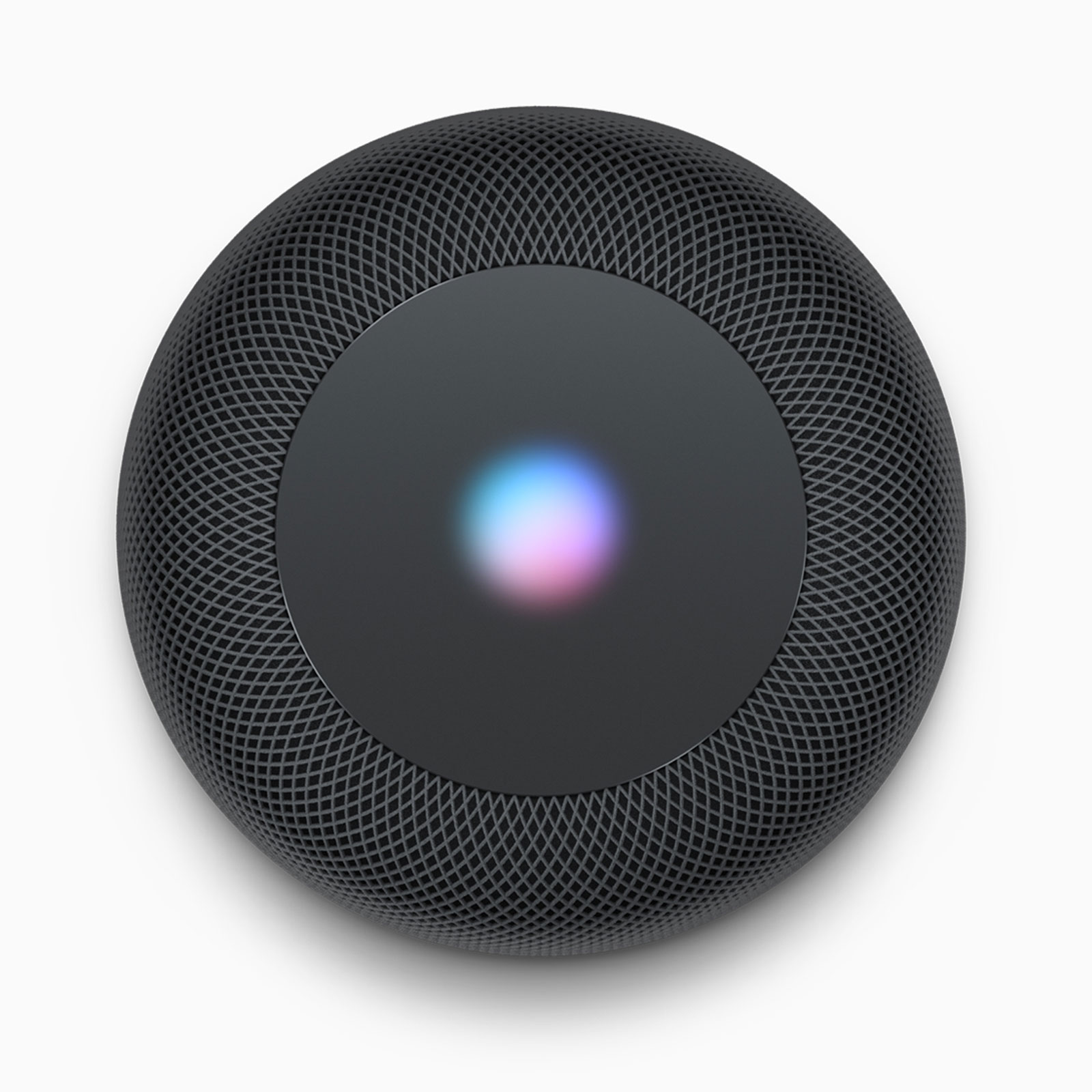Google’s Home learns a new trick, Apple’s speaker gets a release date, Telstra is tough, Android is scammed, and we’ll look at the kind of crazy ideas of CES 2018. It’s The Wrap.
Transcript
For the last week of January 2018, you’re tuned into The Wrap, Australia’s fastest technology round-up, and if you can believe it, we’re already there in that final week of January.
Yes, an entire month has gone by, and as the January makes its way to February and this writer’s daughter gets a month older, we blink to ourselves and think wow, doesn’t just time fly?
It does if you’re a speaker brand, which this year is already proving to be quite a big deal for.
With the announcement of Amazon’s Alexa-enabled Echo speakers heading to Australia, it’s not thoroughly surprising that Apple isn’t far behind, though its release of it first speaker — the HomePod — has kind of come out of left-field. Much like how Apple’s AirPods kind of made their way to stores randomly, so too will the Apple HomePod, the company’s latest attempt on the home speaker market.
It’s not the first speaker with the word “pod” in the title for Apple — that goes to the year-long experiment that was the iPod HiFi — but it is the first smart speaker, with the Apple HomePod powered by similar technology to what’s in an iPhone or iPad, but obviously in a speaker.
With this unique product, you’ll be able to call up Siri, have her control the speaker, read the news, weather, sport, and so on, and of course call up music.
When it gets released on February 9, the Apple HomePod will be able to be controlled by any iOS device, but only that, meaning your Android, Windows, and Mac computers are out of luck, as it’s iPhone, iPod, and iPad only.
But February 9 isn’t far, and we look forward to seeing how this $499 smart speaker competes, especially since it has steep competition from the likes of Sonos, Amazon, and of course Google.
In fact this week, Google learned a new trick: it can read to you.
Yes, the Google Assistant in Google Home products can now read audiobooks to you, because Google has an audiobook section of Google Play.
You won’t be able to get Gilbert Gottfried read “Fifty Shades of Grey”, sadly, but thankfully there’s a YouTube clip for that.
That’s one of those delightfully funny sides of the internet we like. What we don’t like, though, is when scammers try to take advantage of people, and this week we caught wind of some new scams.
Over on Android, the makers of Norton have picked up on some new scams telling Android owners “they’ve won” something. Of course they haven’t, and it’s just one big scam, infecting the phone, capturing details, and making the cyber criminals money, because that’s how this works. You go onto a website, the scam messages pop up, you touch, they install, and the cycle begins. It’s frustrating.
The easy way to not get stuck in these sticky webs is to have some form of security on your device making sure you don’t install any apps you don’t need. Seriously, just do a search on the Google Play Store for a security app with good ratings. There are loads of them, and they’ll keep you protected.
If, though, you need a different type of protection, because, oh, let’s say you keep dropping your phone and it gets smashed, you might want to check out a new phone from Telstra this week.
It’s called the Tough Max 2, and it’s a sequel to the suitably named Tough Max from a few years ago, providing a 5 inch Android phone wrapped in rubber and built to be drop-resistant and water-proof. It’s not made for everyone, but the focus of this phone is tradies, workers, and very, very clumsy people.
Sorry, we had to say it. You know the sort: they break the phone screen barely moments after getting the phone. It’s a thing people.
Strangely, nothing we saw at CES this year could help with that, and we saw some pretty funky gadgets.
In fact, as one of our last round-ups for the world’s biggest technology show, we summed up what was weird and almost crazy for the year, and boy, did it include some interesting ideas.
For instance, there’s the Somnox, which is basically an oversized fuzzy robot that is shaped kind of like a kidney. You sleep with it, it vibrates, and it’s supposed to feel like you’re sleeping with a living thing, putting you to sleep. Crazy.
LG also had a robotic assistant not unlike Google’s, but that looked more like Wall-E’s Eve. Her— sorry, its name was Cloi, though we’re not sure a first name basis even matters since it’s unlikely we’ll even get this digital assistant.
We think the toys impressed us in the almost crazy section the most, with Square Off showing a self-playing chess set where the pieces moved by themselves, while Cerevo revealed a sword for the cosplay folks that wanted to be a real anime action hero.
There are more over at the Pickr.com.au website, there with all of the other stories in this show, but for now, You’ve been listening to The Wrap, Australia’s fastest technology roundup.
You can subscribe to this show to hear more of it, and we’re on Pocket Casts, iHeart Radio, Stitcher, and Apple Podcasts… we’re everywhere. Except Spotify. We’re not there.
Next week we’ll be back with more news and a review or two, and we know that because we’re writing them now.
Until then, have a great next week. We’ll catch you next time on The Wrap. Take care.





